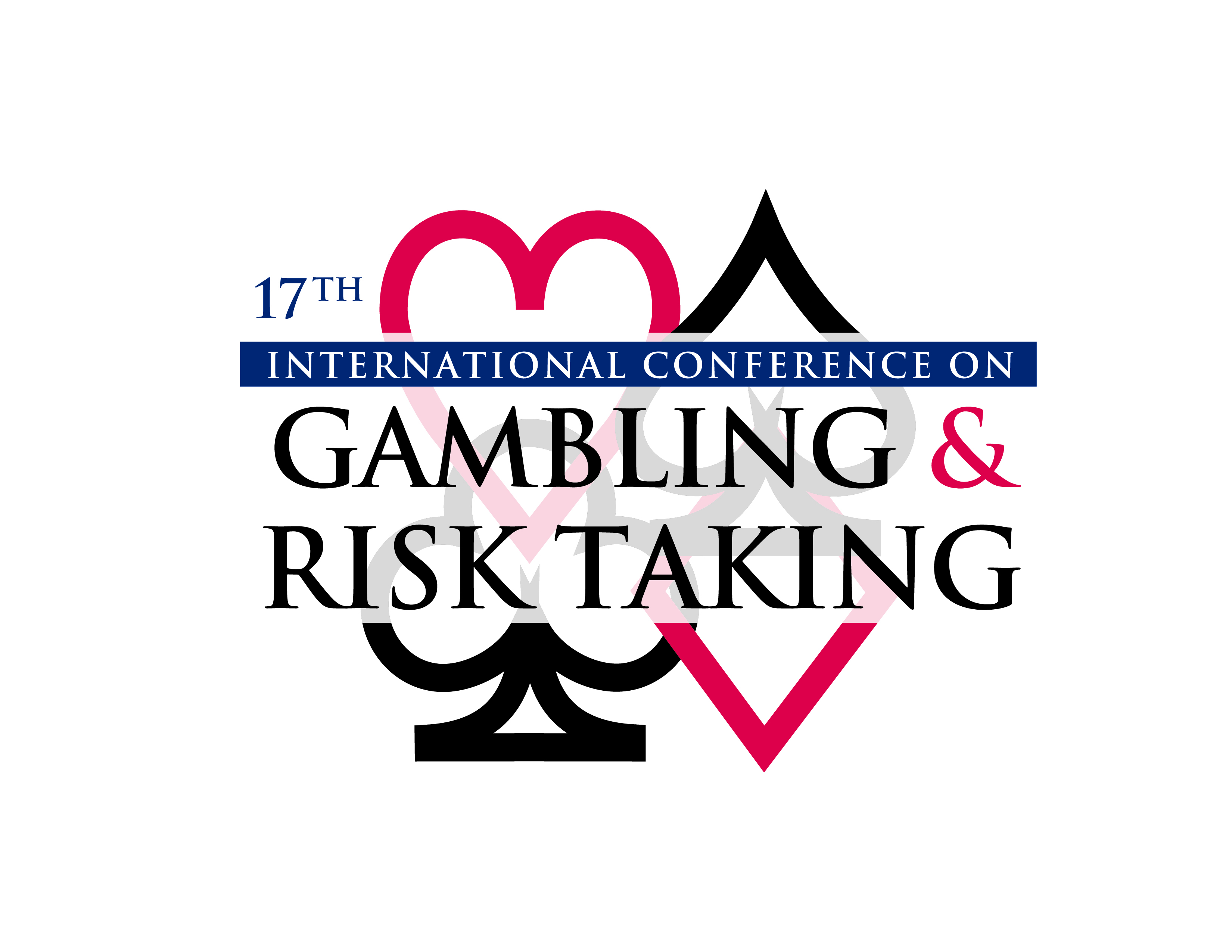A qualitative exploration of problem gambling trajectories during and after self-exclusion
Session Title
Session 2-2-A: Behavior and Detection
Presentation Type
Event
Location
Caesars Palace, Las Vegas, Nevada
Start Date
29-5-2019 11:00 AM
End Date
29-5-2019 12:25 PM
Disciplines
Social and Behavioral Sciences
Abstract
Abstract (max 200 words)
Although existing research has focused on reasons for self-excluding, and overall program effectiveness, there is a lack of empirical evidence on gambling behaviour during and after self-exclusion. To address this gap, the aim of this research was to explore problem gambling trajectories during and after self-exclusion. The life course perspective was used as an organizing framework for characterizing patterns in gambling behaviour, identifying points of change, and determining potential factors contributing to gambling change over time. Audio-recorded semi-structured interviews were conducted with 20 people enrolled in a multi-venue self-exclusion program. Thematic analysis was used to analyze the data. Three unique gambling trajectories were identified during self-exclusion: complete abstinence from all gambling, compliance with the agreement but gambled in non-banned venues, and non-compliance. Timing of initial violations varied with some returning to gambling almost immediately after entering self-exclusion, others maintained abstinence for a couple of months, and a handful returned to gambling nearing the end of their gaming ban. After the conclusion of the self-exclusion participants either renewed their self-exclusion immediately, returned to gambling briefly and then renewed their agreement, returned to gambling without foreseeably planning to renew their self-exclusion ban, or maintained abstinence without renewing self-exclusion. Limitations and future research will be discussed.
Clear statement of the implications (i.e., the “so what”; max. 50 words)
Previous research has shown that people enrolled in self-exclusion programs benefit from additional supports such as counselling and follow-ups from venue staff. The present research can be used to implement additional supports at targeted points during self-exclusion before problem gamblers are most likely to violate their gaming ban therefore increasing program compliance.
Keywords
self-exclusion, problem gambling, qualitative research, life course perspective, harm reduction
Funding Sources
Funding is from Gambling Research Exchange Ontario. The funding body did not have any involvement in any aspect of the research.
Competing Interests
The author has no competing interests.
A qualitative exploration of problem gambling trajectories during and after self-exclusion
Caesars Palace, Las Vegas, Nevada
Abstract (max 200 words)
Although existing research has focused on reasons for self-excluding, and overall program effectiveness, there is a lack of empirical evidence on gambling behaviour during and after self-exclusion. To address this gap, the aim of this research was to explore problem gambling trajectories during and after self-exclusion. The life course perspective was used as an organizing framework for characterizing patterns in gambling behaviour, identifying points of change, and determining potential factors contributing to gambling change over time. Audio-recorded semi-structured interviews were conducted with 20 people enrolled in a multi-venue self-exclusion program. Thematic analysis was used to analyze the data. Three unique gambling trajectories were identified during self-exclusion: complete abstinence from all gambling, compliance with the agreement but gambled in non-banned venues, and non-compliance. Timing of initial violations varied with some returning to gambling almost immediately after entering self-exclusion, others maintained abstinence for a couple of months, and a handful returned to gambling nearing the end of their gaming ban. After the conclusion of the self-exclusion participants either renewed their self-exclusion immediately, returned to gambling briefly and then renewed their agreement, returned to gambling without foreseeably planning to renew their self-exclusion ban, or maintained abstinence without renewing self-exclusion. Limitations and future research will be discussed.
Clear statement of the implications (i.e., the “so what”; max. 50 words)
Previous research has shown that people enrolled in self-exclusion programs benefit from additional supports such as counselling and follow-ups from venue staff. The present research can be used to implement additional supports at targeted points during self-exclusion before problem gamblers are most likely to violate their gaming ban therefore increasing program compliance.

Comments
Anna Dawczyk, PhD
Research Associate
Department of Recreation and Leisure
University of Waterloo
adawczyk@uwaterloo.ca